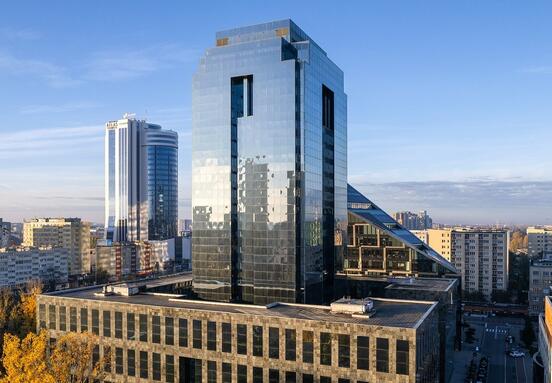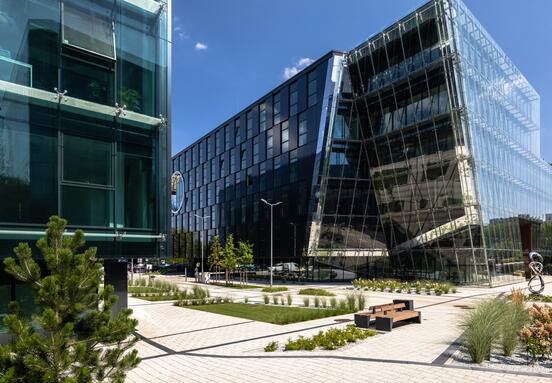Build member personas
Building personas helps uncover the different ways people think, need, and search for fulfillment, allowing you to focus your efforts on improving the experience for real people and use cases. Surely you have more than one persona in your community, which is why it is important to identify and describe them. If a community has only one type of member, it can be difficult to catalyze engagement. So, think deeply and segment your community members and adjust your strategies towards each persona.
Do not underestimate the power of the onboarding process
Welcome new members and collect data during the onboarding process. Even if a community member doesn't have experience with your community yet, they can provide you with valuable data. Add a step to your onboarding process and ask the newcomer - why they joined the community, what they can offer to the community, what they are searching for, what are their skills and backgrounds and so on. Regularly review these findings with your community personas in mind, since it is possible that your community will change based on the perspectives of newcomers.
In-person activities
Nothing beats talking to a real person. Research shows that people are more likely to trust someone they have met in person vs. someone they have only communicated with online. That is why events are more and more essential for your community. Events are great opportunities for community members not only to get to know other members but you as well and vice versa. Use this chance to meet and chat with your community members, since you might be surprised how much you will learn. Do you need inspiration for your community events? Read this article.
If you would like to give community members a place to express their ideas and opinions you can set “open hours”. For instance, every Friday in the morning your office door will be open and anybody can come and discuss with you everything that is important for them. This “open doors” activity doesn’t have to be conducted only within in-person communities, it works in online environments too.
Collect feedback
Creating customized questionnaires and conducting online surveys can help you gain a better understanding of what makes your community members tick, gauge customer satisfaction, and gather feedback so you can adjust your community strategy and activities to better meet their needs. Create a fixed questionnaire and feedback structure which you send on a regular basis. It will help you see observe any changes in responses over time and assist in making data-based decisions later on. Find a solid survey software that not only collects valuable data, but analyzes customer feedback and turns it into actionable insights to help your community grow. Find the inspiration for your survey tools in this article.
Use online data
Online platform analytics are a goldmine of community data, so put them to good use. In case you don´t have a community platform that can help you measure the responses of your occupants, use data collected on the Internet - Google Analytics, Hotjar, smartlook, your existing CRM, etc.
Spaceflow puts a big priority on this kind of functionality with an in-app analytics dashboard that can show you vital facts about your property at a glance, for example: number of users, engagement through adding posts, likes and comments, trending perks from on-site & nearby services, analytics of created tickets, organized events and the participation.
What event data are we showing?
-
Events Overview (categories of created events, total participants, users by event ratio, the average time of the events, and many more),
-
Trending events in the last 30 days,
-
Events by user type (which roles are creating events).

From there, it’s easy to plan data-driven responses: maybe your community needs to hear from you more often, they would love regular yoga classes or something else entirely.
Source: SpaceFlow








